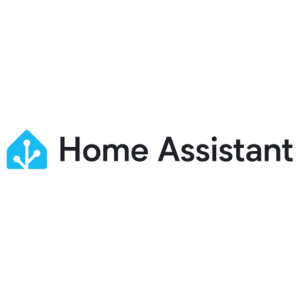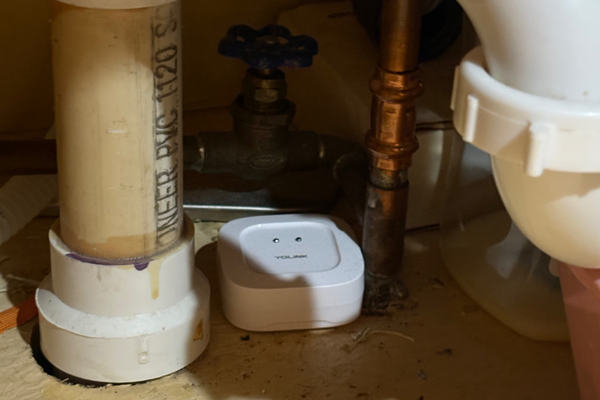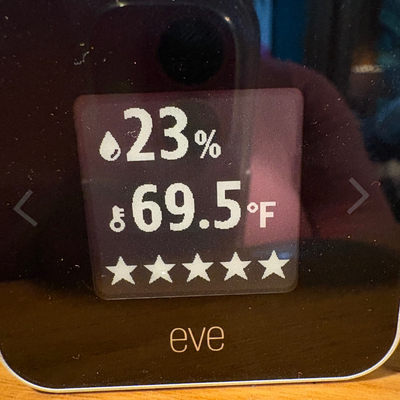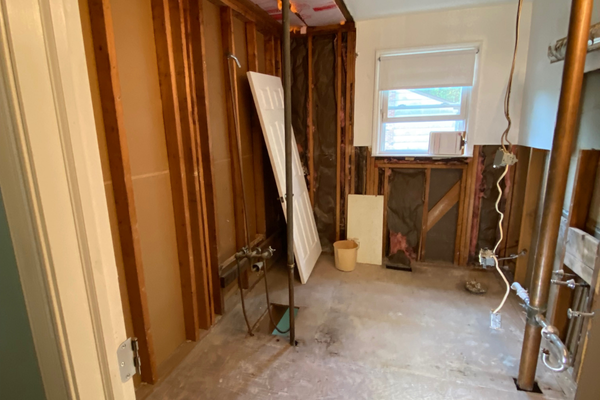5 Smart Automations to Prevent Rental Property Water Damage
The $50,000 mistake I see rental investors make every month
Picture this: You’re enjoying a weekend getaway when your phone buzzes with a text from your tenant. “There’s water everywhere.” By the time you arrive, what started as a small leak behind the washing machine has flooded two floors, destroyed hardwood flooring, and created a mold problem that will take months to resolve.
This scenario plays out for thousands of rental property owners every year. Water damage is the second most common insurance claim in the U.S., with the average claim exceeding $11,000. For rental properties, the costs multiply: repair expenses, lost rental income, potential lawsuits, and skyrocketing insurance premiums.
While many property owners search for water damage remediation services after disaster strikes, smart investors are discovering that proactive water damage protection eliminates the need for costly water clean up and restoration entirely.
But here’s what most investors don’t realize: 95% of water damage incidents could be prevented or minimized with the right automation systems.
Skip the water damage cleanup bills with preventive automation
Traditional property management is reactive. You fix problems after they happen, absorbing costs and scrambling to minimize damage. Smart property technology flips this model, turning your rental into a proactive asset that protects itself.
Consider the math: A comprehensive home water damage prevention system costs $1,200-$1,800 per property. A single major water incident can cost $15,000-$50,000 in repairs, lost income, and increased insurance premiums. The ROI is crystal clear.

Ready to Build a Smart Home You Actually Own?
Stop fighting with forums and YouTube tutorials. Get expert 1-on-1 guidance to set up your privacy-first Home Assistant system the right way, with proper security hardening, automation design, and troubleshooting confidence.
1. Stop trusting tenants to catch leaks—automated water mitigation starts here
The Problem: Most leaks start small and hidden. By the time tenants notice, damage has already begun spreading through walls, floors, and furniture.
The Solution: Smart leak sensors act as your property’s immune system, detecting moisture the moment it appears and sending instant alerts to your phone—the foundation of any effective water damage mitigation plan.
Strategic Placement for Maximum Protection:
- Under kitchen and bathroom sinks (where 40% of home leaks occur)
- Behind washing machines and dishwashers (appliance failures are common)
- Near water heaters (tank failures can flood entire basements)
- In basements and crawlspaces (foundation leaks often go unnoticed)
- Around HVAC units (condensation problems are frequent)
Installation Made Simple:
- Choose your ecosystem: Home Assistant for especially tech-savvy investors, or plug-and-play systems like YoLink for simplicity
- Test placement: Use a damp cloth or small bowl of water to get the contacts on the sensor wet and verify functionality before final installation
- Configure alerts: Set up notifications to multiple phone numbers (you, property manager, trusted contractor)
Investment: $25-$60 per sensor
Potential savings: $5,000-$15,000 per prevented incident

Yolink leak sensor underneath a sink
2. What to do when you’re 2 hours away and water is flowing
The Problem: Even with instant alerts, you might be hours away from your property. Every minute counts when water is flowing.
The Solution: Motorized shut-off valves that automatically stop water flow the moment leak sensors activate.
Two Installation Options:
- Whole-house valve: Controls all water to the property ($200-$400)
- Appliance-specific valves: Target high-risk areas like washing machines ($100-$200 each)
Professional vs. DIY Installation:
While many investors can handle sensor installation, shut-off valves often require professional plumbing work. Budget $300-$500 for installation, but consider this: one prevented flood pays for multiple valve installations.
Real-World Example: A Denver investor’s automated system detected a burst pipe at 2 AM and shut off water within 90 seconds. Damage: $400 in carpet cleaning. Without automation: an estimated $12,000 in structural repairs.
Smart motorized water valve on a home's main water valve
3. How to prevent water damage from silent leaks that destroy foundations
The Problem: Not all leaks trigger sensors. Small drips inside walls or underground pipes can waste thousands of gallons while slowly destroying your property’s foundation.
The Solution: Smart flow meters that learn your property’s normal water usage patterns and alert you to anomalies—essential for comprehensive water remediation before problems escalate.
What Flow Monitoring Catches:
- Toilet flapper leaks (can waste 200 gallons per day)
- Underground pipe leaks (often undetectable until major damage occurs)
- Gradual appliance failures (washing machine hoses deteriorating over time)
- Tenant behavior changes (unusual usage patterns that might indicate problems)
Installation Options:
- Retrofit clamp-on sensors: No plumbing required ($150-$300)
- In-line meters: More accurate, requires professional installation ($300-$500)
ROI Example: One investor caught a hidden toilet leak that was costing $40/month in wasted water. The flow meter paid for itself in 8 months, not counting the prevented structural damage.
4. Most investors ignore this—until their basement floods
The Problem: Sump pumps fail at the worst possible times—during heavy storms when you need them most. A failed pump can flood a basement in hours.
The Solution: Dual monitoring system that watches both water levels and pump performance.

Start Your Smart Properties Partnership Today
Smart Sump Pump Setup:
- Water level sensor: Install at the critical high-water mark in your sump basin
- Smart plug with power monitoring: Track your pump’s electrical usage
- Backup pump alert: Optional second pump for redundancy
- Battery backup monitoring: Ensure your backup power source is ready
Alert Triggers:
- High water with no pump activity: Indicates pump failure
- Continuous pump operation: Suggests overwhelming inflow or pump problems
- Power outages: Switches to battery backup monitoring
Investment: $150-$300 for complete monitoring setup
Potential savings: $8,000-$20,000 in basement flood damage
5. This simple method prevents $15K mold disasters
The Problem: Excessive humidity creates perfect conditions for mold growth, wood rot, and structural damage—all costly problems that develop slowly and silently.
The Solution: Smart humidity sensors paired with automated dehumidifiers create a self-regulating environment.
Strategic Sensor Placement:
- Crawlspaces: Where moisture often accumulates unnoticed
- Basements: Natural humidity collection points
- Bathrooms without exhaust fans: Common in older rental properties
- Attics: Where roof leaks often begin
Automation Options:
- Smart dehumidifiers: Activate automatically when humidity exceeds 60%
- Ventilation controls: Open vents or activate fans based on moisture levels
- HVAC integration: Adjust air conditioning to manage humidity
Pro Tip: Many insurance companies offer discounts for properties with comprehensive humidity control systems.

Eve environment sensor showing temperature and humidity levels
Here’s what smart investors are saving, with real numbers
Case Study: Multi-Property Portfolio Protection
A real estate investor with 8 rental properties invested $12,000 in comprehensive water damage protection systems across his portfolio. Here’s his 18-month ROI:
Prevented Incidents:
- 3 appliance leaks caught within minutes (estimated damage: $18,000)
- 1 burst pipe contained automatically (estimated damage: $25,000)
- 2 humidity-related mold problems prevented (estimated damage: $15,000)
Additional Benefits:
- 25% reduction in insurance premiums
- Zero water damage claims (previous average: 1 per year)
- Improved tenant satisfaction and retention
- Increased property values due to smart home features
Total ROI: 380% in 18 months

The type of water damage headache this investor managed to avoid
The 3-phase plan I recommend for protecting rental portfolios
Phase 1: Immediate Protection (Install This Month)
- Leak sensors in all high-risk areas (kitchens, bathrooms, basements)
- Smart plugs for major appliances to monitor power usage
- Basic humidity sensors in crawlspaces and basements
Phase 2: Automated Response (Next 3 Months)
- Automated shut-off valve on main water line
- Flow monitoring system for whole-house water usage
- Sump pump monitoring (if applicable)
Phase 3: Advanced Protection (Next 6 Months)
- Smart dehumidifiers with automated controls
- Backup power systems for critical sensors and equipment
- Professional monitoring service for 24/7 oversight
Stop gambling with your rental income—here’s what to do next
Every day you delay implementing water damage protection is another day your rental properties remain vulnerable to catastrophic loss. The technology exists, the ROI is proven, and the peace of mind is invaluable.
Ready to protect your rental portfolio from water damage disasters?
Get your comprehensive water damage protection plan with Serenity Smart Homes today. Our experts will create a custom prevention strategy tailored to your specific properties and budget—because prevention costs far less than water damage cleanup.
Still evaluating your options? Schedule your free smart home consultation to explore how automated systems can protect your investment portfolio.
Don’t let a preventable disaster destroy your rental income. The best time to install water damage prevention was yesterday. The second best time is now.


